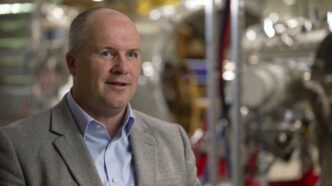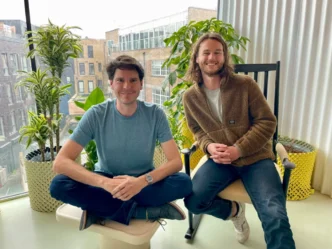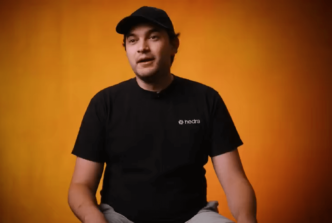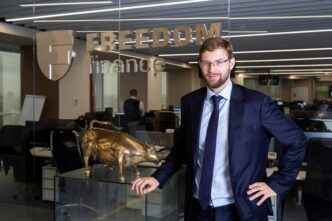While some fusion startups are struggling with dwindling investor interest, Realta Fusion is powering ahead. The Wisconsin-based startup has secured a fresh $36 million funding round to finalize the design of its prototype fusion reactor, Anvil. The company’s goal: to prove that its novel magnetic mirror concept can pave the way for cost-effective, scalable fusion power.
Led by Future Ventures, with participation from Khosla Ventures, Mayfield, GSBackers, Avila VC, TitletownTech, and others, this Series A round gives Realta the runway to reach a pivotal moment. “By the end of our Series A investment period, we’ll be shovel-ready to go and build Anvil,” CEO Kieran Furlong said.
Designing a Fusion Breakthrough
Realta’s reactor design is based on a magnetic mirror configuration, a concept that has been theorized for decades but never successfully commercialized. The company’s approach involves using strong magnets at either end of the reactor to confine super-heated plasma in a cylinder-shaped bottle. These mirrors push high-energy particles toward the center, where a weaker magnetic field allows the plasma to sustain itself long enough for fusion to occur.
To scale the system, Realta can simply add more center sections — a modular approach that reduces cost and complexity, as the middle segments require less powerful (and less expensive) magnets.
In a promising early milestone, Realta flipped on a pair of magnets last year and quickly set a record for a magnetic field confining plasma, bolstering confidence in its technical roadmap.
Realta hopes to produce power at $100 per megawatt-hour initially, with ambitions to bring that down to $40/MWh. For comparison, today’s most efficient natural gas plants cost between $45 and $105/MWh, according to Lazard. That positions Realta’s fusion strategy as a competitive alternative from the outset, particularly as energy demand from data centers and AI workloads continues to spike.
The company spun out of the University of Wisconsin three years ago and is still deeply connected to academic research there. Its team of 18 is collaborating closely with university scientists as it pushes toward commercialization.
A Bright Spot in a Tough Market
The broader fusion space is facing a reality check. Only one experiment has ever achieved scientific breakeven, and even that fell far short of the requirements for commercial reactors. Investor sentiment has cooled after years of hype, with dozens of startups vying for relevance and survival.
Realta’s leadership is aware of the challenge. “We’ve had the Gartner hype cycle,” Furlong said. “We’re kind of coming down the other side now.” The goal, he added, is to avoid high-profile failures that could stall industry momentum.
Despite the volatility, Wisconsin is emerging as a low-key fusion cluster, aided by rising energy demand from local industry and support from both sides of the state’s political aisle. Legislators are weighing nuclear-friendly policies that could help attract more companies focused on both fusion and fission.
Furlong sees Realta’s work as part of a broader, collaborative push: “We all want fusion to succeed. Obviously, not all of the 40 or 50 companies working on it will survive. But the more progress we all make, the better for everyone.”
As Realta prepares to raise a Series B to build its Anvil prototype, it joins a short list of fusion startups that have not only survived the post-hype dip — but are actively pushing forward with promising tech and a clear path to real-world impact.













